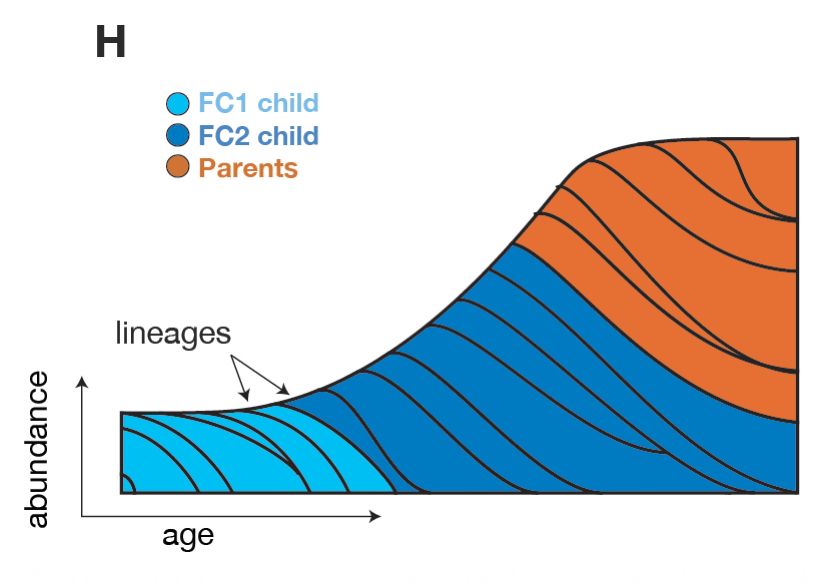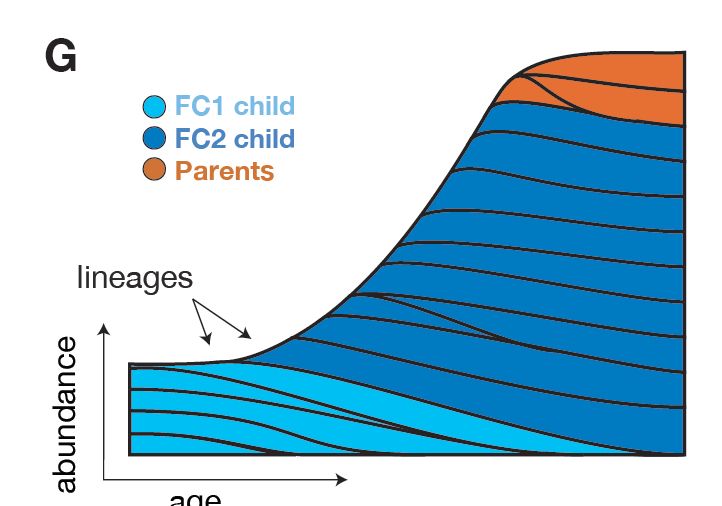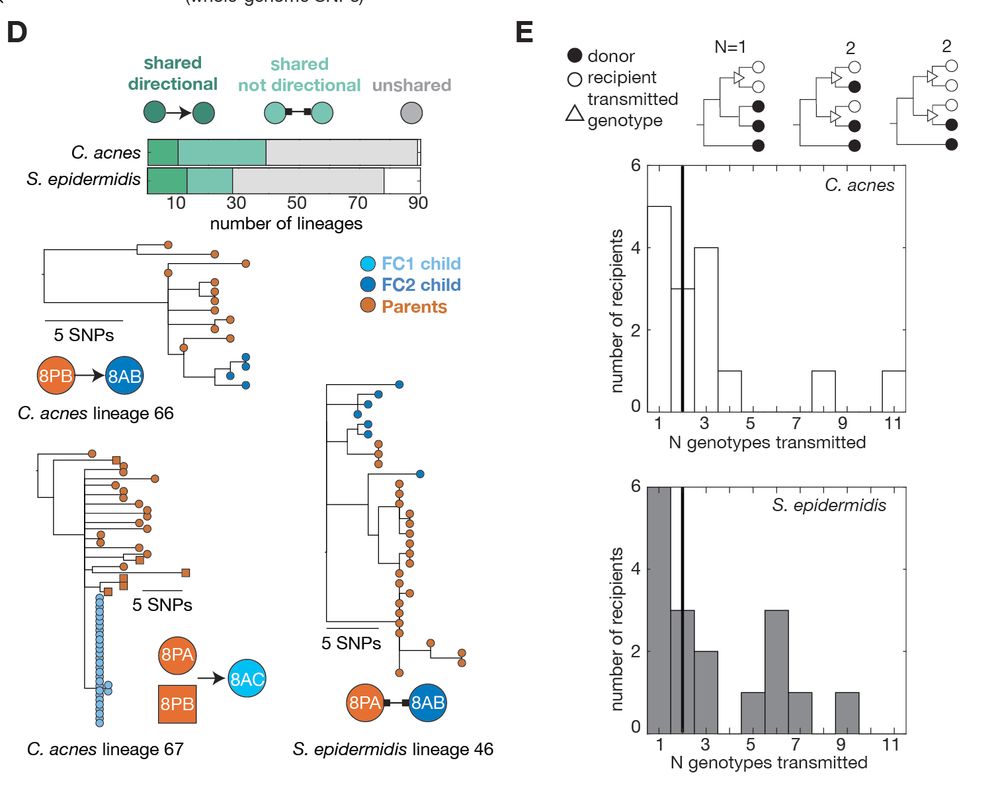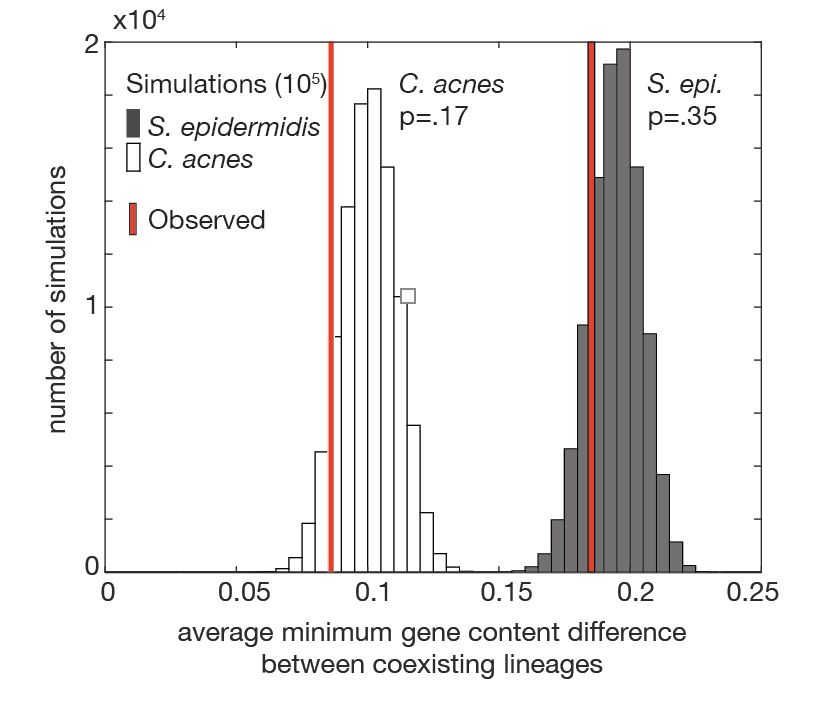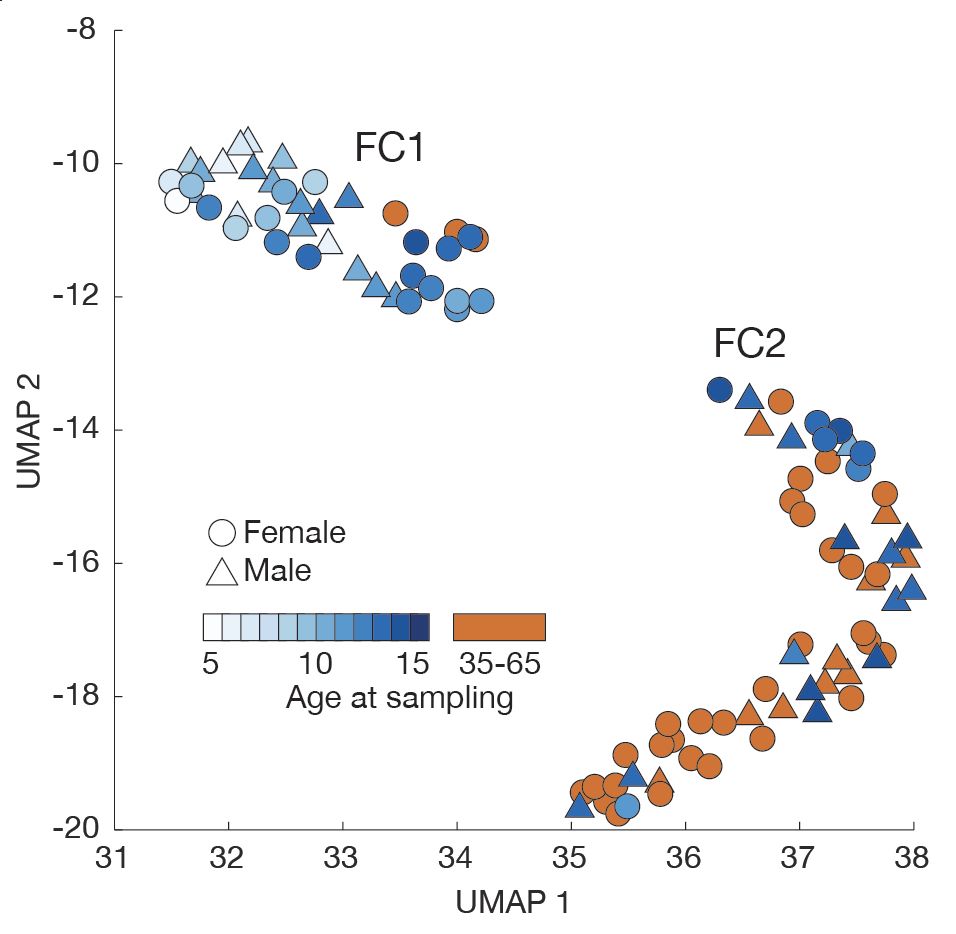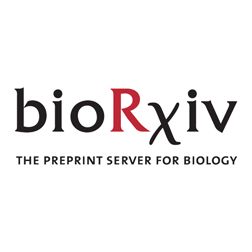Posts
Media
Videos
Starter Packs
Reposted by Jacob Baker
Reposted by Jacob Baker
Reposted by Jacob Baker
Evan Qu
@quevan.bsky.social
· Feb 11

Intraspecies associations from strain-rich metagenome samples
Genetically distinct strains of a species can vary widely in phenotype, reducing the utility of species-resolved microbiome measurements for detecting associations with health or disease. While metage...
www.biorxiv.org
Jacob Baker
@microjacob.bsky.social
· Feb 11
Jacob Baker
@microjacob.bsky.social
· Jan 11
Jacob Baker
@microjacob.bsky.social
· Jan 11
Jacob Baker
@microjacob.bsky.social
· Jan 11
Jacob Baker
@microjacob.bsky.social
· Jan 11
Jacob Baker
@microjacob.bsky.social
· Jan 11
Jacob Baker
@microjacob.bsky.social
· Jan 11
Jacob Baker
@microjacob.bsky.social
· Jan 11
Jacob Baker
@microjacob.bsky.social
· Jan 11
Jacob Baker
@microjacob.bsky.social
· Jan 11


